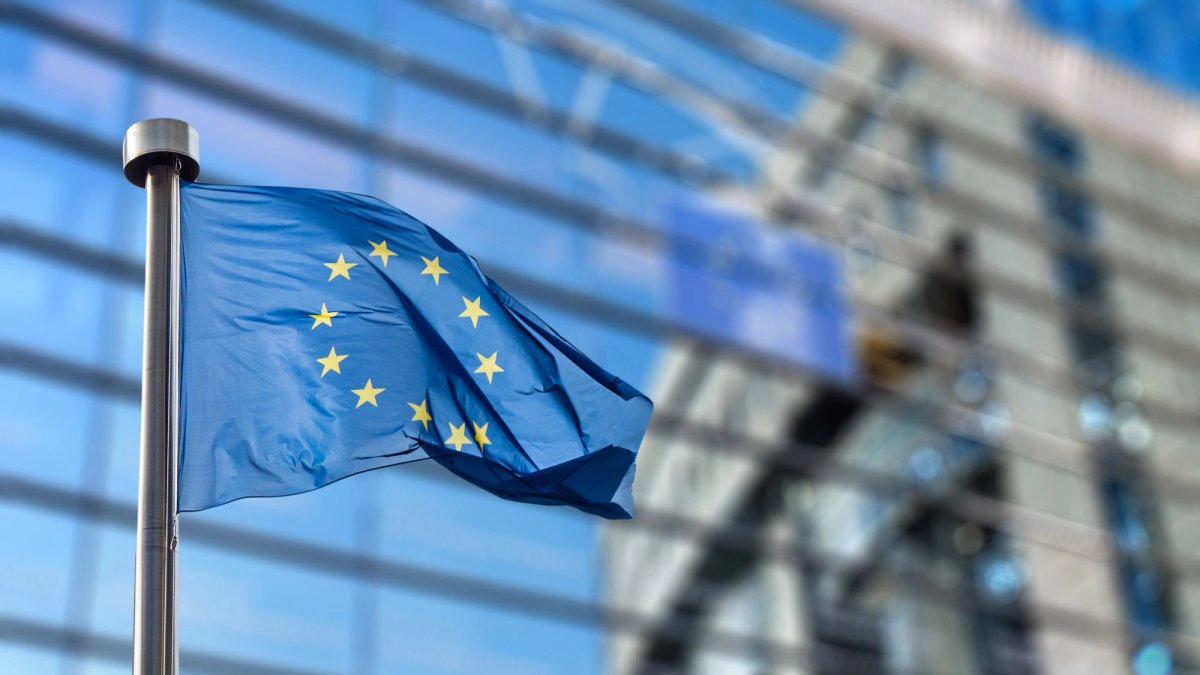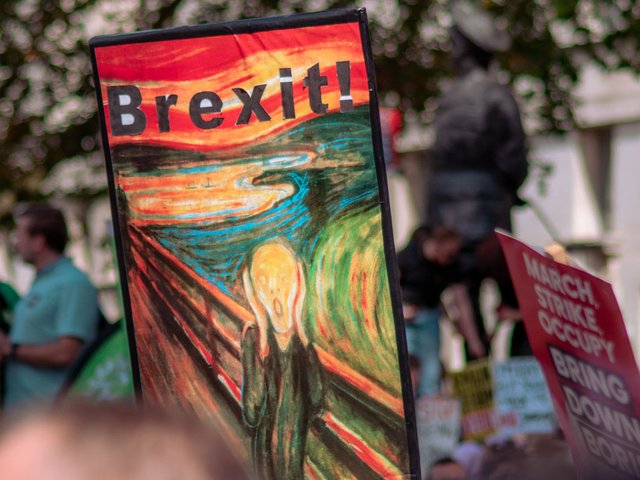The European Union is on the verge of implementing a potentially market-altering piece of legislation designed to regulate the import of cultural goods into the EU. The law aims to curb the illegal trade in cultural heritage, particularly the trafficking of looted and stolen artefacts from conflict zones and archaeological sites. However, one unintended consequence is that it will likely stifle the legitimate trade in art and other cultural goods at a time when the market is facing a number of macro and micro challenges.
The context
Europe is a key player in the global trade of art and other cultural goods that has long been scrutinised by law enforcement agencies around the world as well as the court of public opinion. With regards to the former, organisations such as the United Nations Office on Drugs and Crime, the Financial Action Task Force and Interpol have regularly published reports alleging that a multibillion-dollar black market exists which funds organised crime and terrorism. With regards to the latter, countries are reassessing their colonial pasts and whether precious items belonging to the cultural heritage of other continents should be returned.
The EU’s new legislation, known as the Regulation on the Introduction and the Import of Cultural Goods, will be fully in place across the EU by 28 June 2025 and is part of the EU’s action plan to tackle the illicit import, export and trade of cultural objects.
Key provisions
The law introduces several critical requirements for the import of cultural goods into the EU. One is that importers must provide certification and documentation that prove the lawful export of the goods from their country of origin. This documentation must show that the items were either exported in compliance with the laws of the source country or that the goods had been legally in circulation prior to 24 April 1972, when the 1970 Unesco convention came in force.
Certification is particularly important for certain categories of high-risk items, such as ancient manuscripts and archaeological artefacts, which are often subject to looting in conflict zones or through illegal excavation. Importers will need to submit an import licence or declaration to EU customs authorities before the goods can be brought in.
Another major element of the regulation is the creation of a centralised electronic database that will track and monitor the import of cultural goods, seek to ensure that each item is accompanied with the necessary documentation and that any discrepancies can be flagged for further investigation. This system is expected to ensure a more unified approach to addressing illicit trade within the EU.
Impact on the art market
The legislation doesn’t just affect objects of antiquity but also paintings, sculptures and drawings over 200 years old and €18,000 or more in value, and so is likely to have a significant impact on the European art market. The trade has raised concerns about the potential for increased bureaucracy, delays and costs, and efforts are being made, in France in particular, to lobby against the regulation. Unfortunately this would appear to be too little, too late.
Smaller galleries or dealers who may not have the resources to handle the administrative burden of complying with these regulations could find themselves at a disadvantage and many collectors simply won’t have kept the necessary paperwork. Some have also expressed concerns that the legislation could lead to a chilling effect on the legitimate trade of cultural goods, with some importers avoiding certain categories of items altogether.
Global implications
The EU’s new regulation is expected to have ripple effects beyond its borders. Any changes to the import rules of the EU, which is one of the largest art markets in the world, will likely influence how other major markets, such as the US and China, regulate cultural goods. Furthermore, countries that are common sources of cultural heritage—particularly those in the Middle East, Africa and Latin America—may see the regulation as a positive step toward reducing the outflow of their cultural property. The regulation may also encourage new collectors to enter the market, as it can be used to dispel the often unfair notion that the art market is a safe harbour for illicit trade.
However, the practical effects for collectors and the trade will be to further squeeze a market that has already contended in quick succession with Covid-19, Brexit, anti-money laundering legislation, ivory bans, tariffs and sanctions, to name a few. While the regulation will hopefully safeguard cultural treasures and prevent their misuse, it will irreversibly alter market practices as those pieces of paper that were perfectly legitimately thrown away once they’d served their use will now be just as desirable as the objects they accompany.
• Rudy Capildeo is head of art and luxury law at Wedlake Bell





